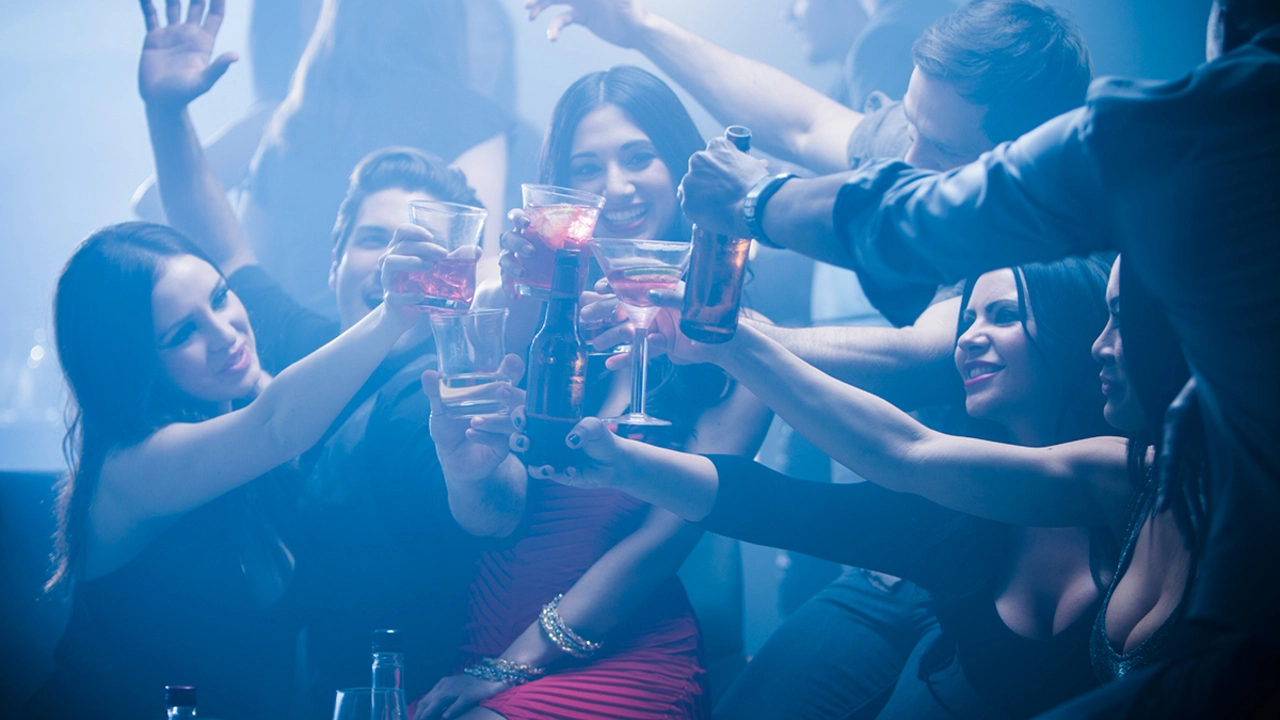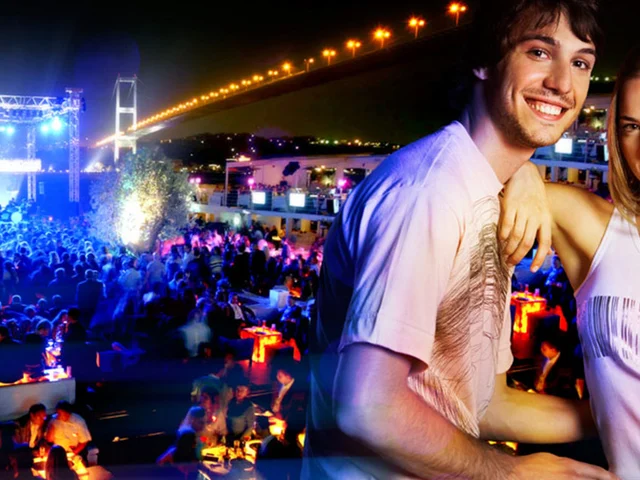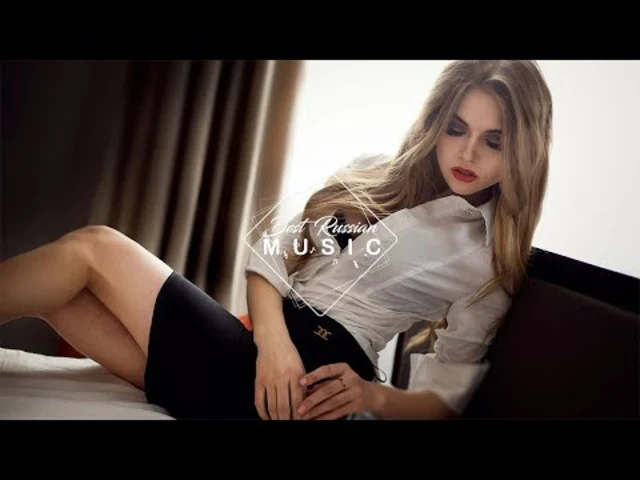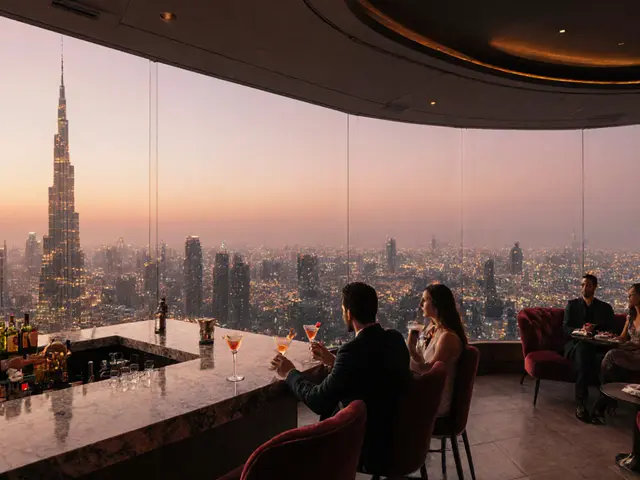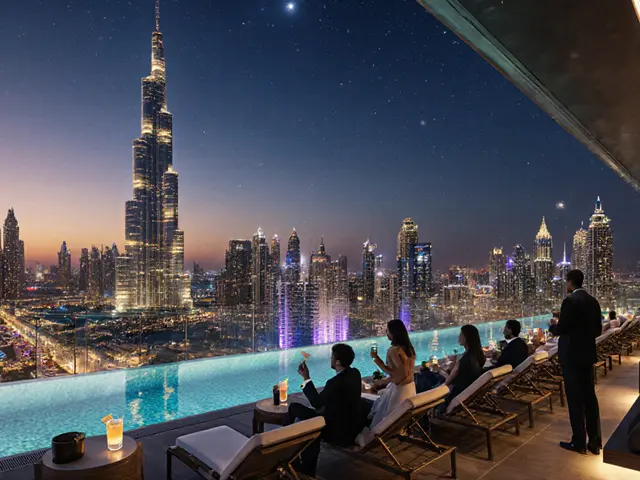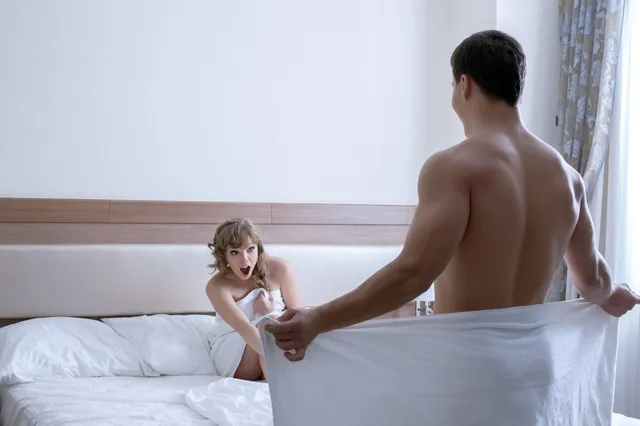Photography Tips for Nightlife and Escort Scenes
If you love snapping the buzz of a city after dark, you’re in the right spot. Nightlife and escort scenes give you bright lights, bold colors, and real emotions—perfect material for striking photos.
Gear Up Without Breaking the Bank
First thing: you don’t need a $5,000 camera. A mid‑range mirrorless or DSLR with a fast lens (f/1.8‑f/2.8) does the job. The wide aperture lets more light hit the sensor, so your shots stay sharp even when the club’s dim. Carry a spare battery—high‑ISO shooting drains power fast. If you can, bring a small portable LED; it adds a clean fill light without ruining the atmosphere.
Master Light and Color
Night venues are a mix of neon, LED, and occasional candle glow. Turn off automatic white balance and set it to ‘Incandescent’ or ‘Auto’ and tweak in post if colors look off. Shoot in RAW; you’ll thank yourself when you need to fix a blue‑tinted bar scene later. Keep ISO as low as possible while staying bright enough—around 800‑1600 works for most clubs. If you’re near a streetlamp, use it as a natural rim light to separate your subject from the background.
Composition matters just as much as exposure. Look for leading lines—railings, staircases, or the curve of a bar counter—to draw the eye toward your subject. Capture candid moments: a laugh, a toast, a subtle glance. These unscripted shots feel authentic and sell the vibe of the night.
When you’re photographing escort companions, respect is key. Ask for permission before shooting close‑ups. A quick “Can I get a few pictures?” goes a long way and keeps the interaction comfortable. Use a short focal length (24‑35mm) to stay close without invading personal space, and keep your movements smooth.
Don’t forget to experiment with angles. Shooting from a low position can make lights sparkle, while a high angle can capture the whole dance floor. Try a slight tilt for a dynamic feel, but keep it subtle—too much distortion can distract from the subject.
Post‑processing is where your night pictures really shine. Adjust exposure, boost contrast, and fine‑tune saturation to make neon signs pop. A touch of clarity adds edge without looking over‑processed. If you’re new to editing, free tools like Lightroom Mobile or Snapseed have presets that work well for low‑light scenes.
Finally, practice makes perfect. Visit a few venues, test different settings, and note what works. Over time you’ll develop a feel for the right shutter speed and how to balance ambient light with flash or LED.
With the right gear, a few technical tricks, and a respectful approach, you can turn every night out into a gallery‑worthy collection. Grab your camera, head out, and let the city’s night energy guide your shutter.
